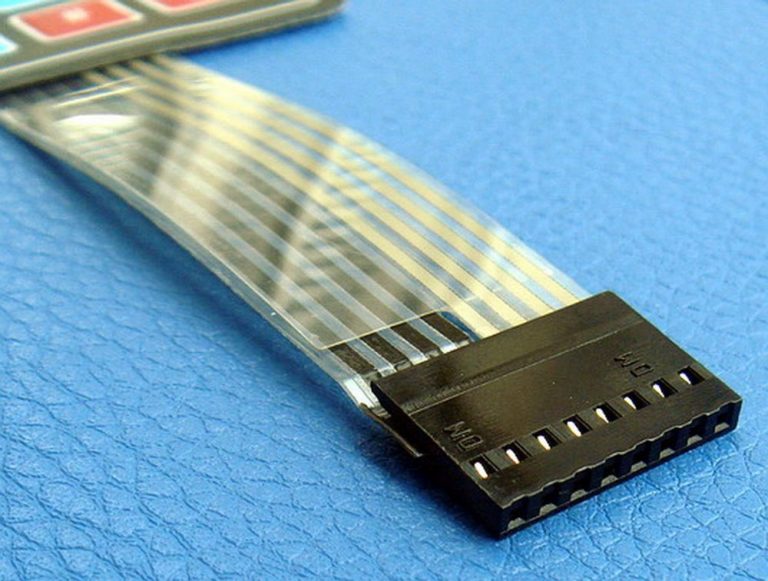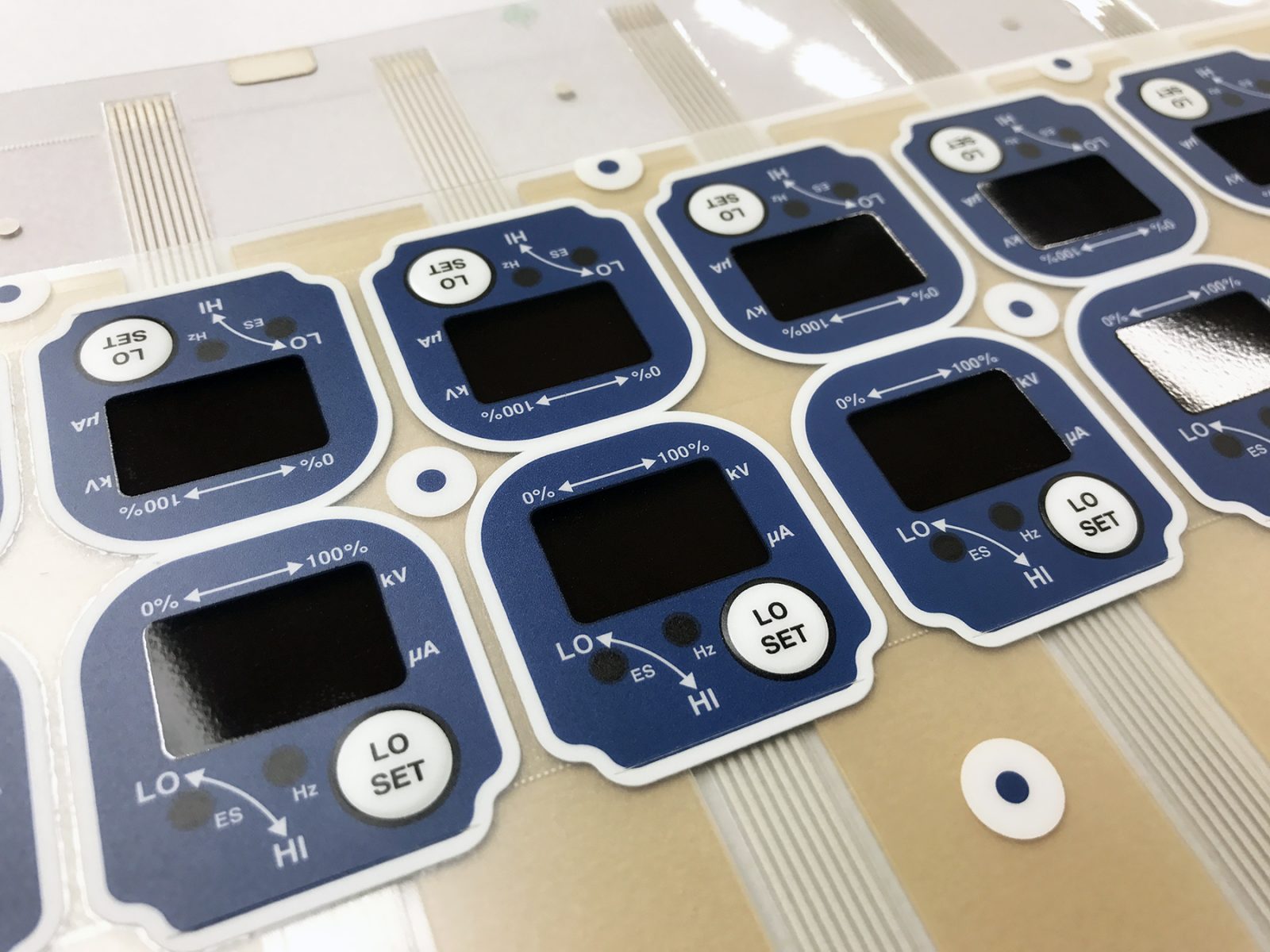Recognizing the Value of Membrane Switches in User User Interfaces
Membrane switches are essential elements in the layout of effective user interfaces, assisting in not just capability but also improving visual appeal and individual communication. As we check out the future trends and various advantages associated with Membrane innovation, it ends up being clear that these switches are much more than simply elements; they stand for a merging of advancement and usefulness.
What Are Membrane Buttons?

The spacer layer, which consists of sticky homes, permits the separation of the circuit layer from the overlay, ensuring that the button stays in a non-activated state until pushed. When stress is related to the overlay, it presses the spacer layer, linking the space and completing the circuit in the underlying layer. This layout not only reduces the physical room needed for conventional mechanical buttons however also boosts the longevity of the gadget, as Membrane buttons are typically immune to dust, dampness, and various other environmental variables.
Typically found in applications varying from consumer electronic devices to medical tools, Membrane buttons are essential to modern-day technology, giving a straightforward and efficient user interface that aligns with modern layout demands.
Benefits of Membrane Buttons
While various switch innovations exist, Membrane Switches offer unique advantages that make them especially preferable in various applications. Among the key benefits of Membrane buttons is their compact style, which enables space-saving applications in tools where real estate is limited. Their slim account not only improves visual appeal but likewise facilitates lightweight building.
An additional significant advantage is their resistance to ecological variables. Membrane switches are normally secured versus moisture, dust, and pollutants, making them perfect for use in requiring settings, such as medical devices and industrial devices. This toughness expands the lifespan of the switch, decreasing maintenance expenses and improving integrity.
In addition, Membrane buttons can be customized to meet particular design demands, integrating special graphics and shades that improve individual communication. Their tactile comments choices can likewise be tailored to offer a gratifying individual experience. Furthermore, Membrane switches are cost-effective, particularly in high-volume applications, as they can be produced efficiently.
Applications in Different Industries

In the consumer electronic devices market, Membrane buttons prevail in tools such as microwaves, cleaning machines, and remotes. Their tactile responses and aesthetic options improve user experience while supplying a sleek, modern-day look. In addition, automobile suppliers use Membrane switches in control panel controls and infotainment systems, where room is limited, and individual engagement is important.
Moreover, the commercial sector leverages Membrane buttons in control panels for machinery and devices, enabling user-friendly procedure in frequently extreme environments. Their resistance to chemicals and wetness makes certain longevity and dependability in these applications. Overall, the versatility of Membrane Switches contributes substantially to their prevalent use, making them important in numerous technological domains.
Style Factors To Consider for Membrane Switches

When developing Membrane switches, a number of vital factors to consider must be considered to guarantee ideal performance and individual experience. The selection of products is vital; selecting long lasting, high-quality substrates can enhance the switch's longevity and resistance to ecological variables such as dampness and temperature level variations.
Second of all, the style of the graphic overlay should prioritize quality and convenience of usage. Icons and text have to be understandable, and the format must assist in intuitive interaction (membrane switches). Furthermore, tactile feedback is essential; including a responsive dome or other devices can boost the individual experience by providing physical verification of activation
One more essential factor is the button's electrical performance. Developers should ensure that the conductive traces are link effectively created to minimize resistance and stay clear of signal interference. This entails examining the required actuation pressure and making sure compatibility with the electronic elements they will user interface with.

Future Patterns in Membrane Technology
As modern technology continues to development, Membrane switches are positioned to evolve substantially, driven by innovations in materials and making techniques. One arising fad is the incorporation of innovative products, such as flexible substrates and conductive inks, which improve durability check these guys out and decrease the total weight of Membrane switches. These materials not only boost the responsive response however additionally permit the design of switches that can stand up to harsher ecological conditions.
Additionally, the combination of touch-sensitive modern technologies is changing traditional Membrane Switches into even more interactive customer interfaces. Capacitive touch sensing units installed within Membrane switch panels can provide a more instinctive and receptive customer experience, straightening with the growing demand for sleek, modern designs in consumer electronics.
Additionally, developments in printing methods, such as digital and 3D printing, allow fast prototyping and personalization of Membrane switches. This flexibility allows producers to respond quicker to market demands and consumer preferences.
Last but not least, sustainability is coming to be a substantial emphasis, with suppliers discovering green products and procedures. As these patterns unfold, the future of Membrane modern technology assures improved performance, aesthetic allure, and ecological obligation, useful link solidifying their role in innovative customer interfaces throughout various industries.
Verdict
In conclusion, Membrane Switches represent an essential component in the style of user interfaces, integrating functionality with aesthetic adaptability. As developments in modern technology continue, the development of Membrane switches is expected to more refine individual interfaces, driving technology and improving functionality in a significantly complex technical landscape.
Membrane buttons are essential elements in the style of reliable customer interfaces, helping with not just capability but likewise improving visual allure and user interaction.Membrane Switches offer as an essential component in different individual interfaces, promoting a smooth communication between users and electronic gadgets.While many button modern technologies exist, Membrane Switches offer distinct advantages that make them particularly desirable in different applications.Additionally, Membrane buttons can be tailored to fulfill details layout needs, incorporating unique graphics and colors that enhance user interaction.In conclusion, Membrane Switches stand for an essential part in the layout of customer interfaces, incorporating performance with visual versatility.